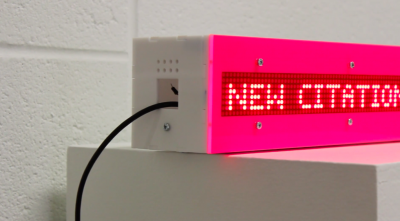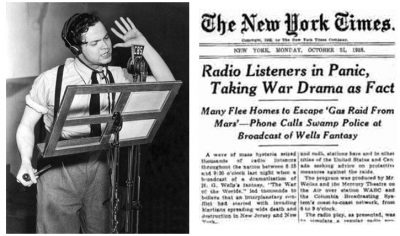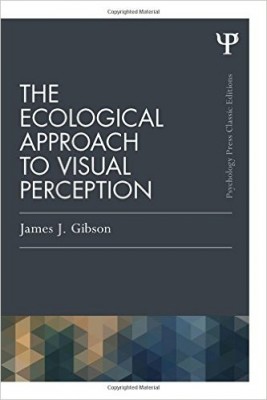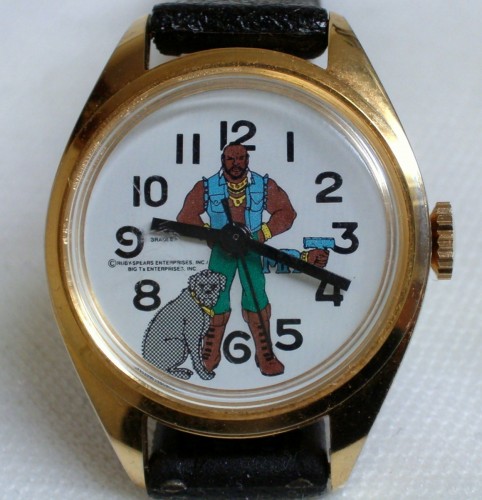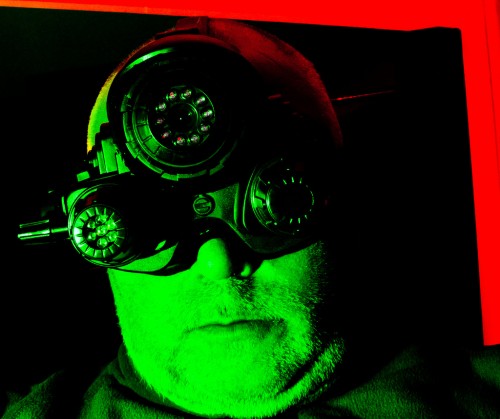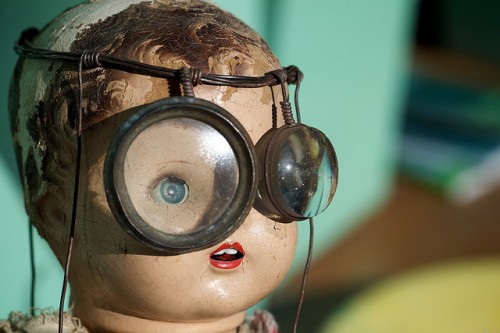
The following is a transcript of my brief remarks as part of a panel with Jenny L. Davis (@Jenny_L_Davis) about her recent book How Artifacts Afford:The Power and Politics of Everyday Things. The panel was hosted by the AIGA Design Educators Community and my role was to tie Jenny’s book to practices in the contemporary design classroom and to examine how today’s design students can benefit from observing their world through a critical affordance lens, delineated by the book’s ‘mechanisms and conditions framework’.


